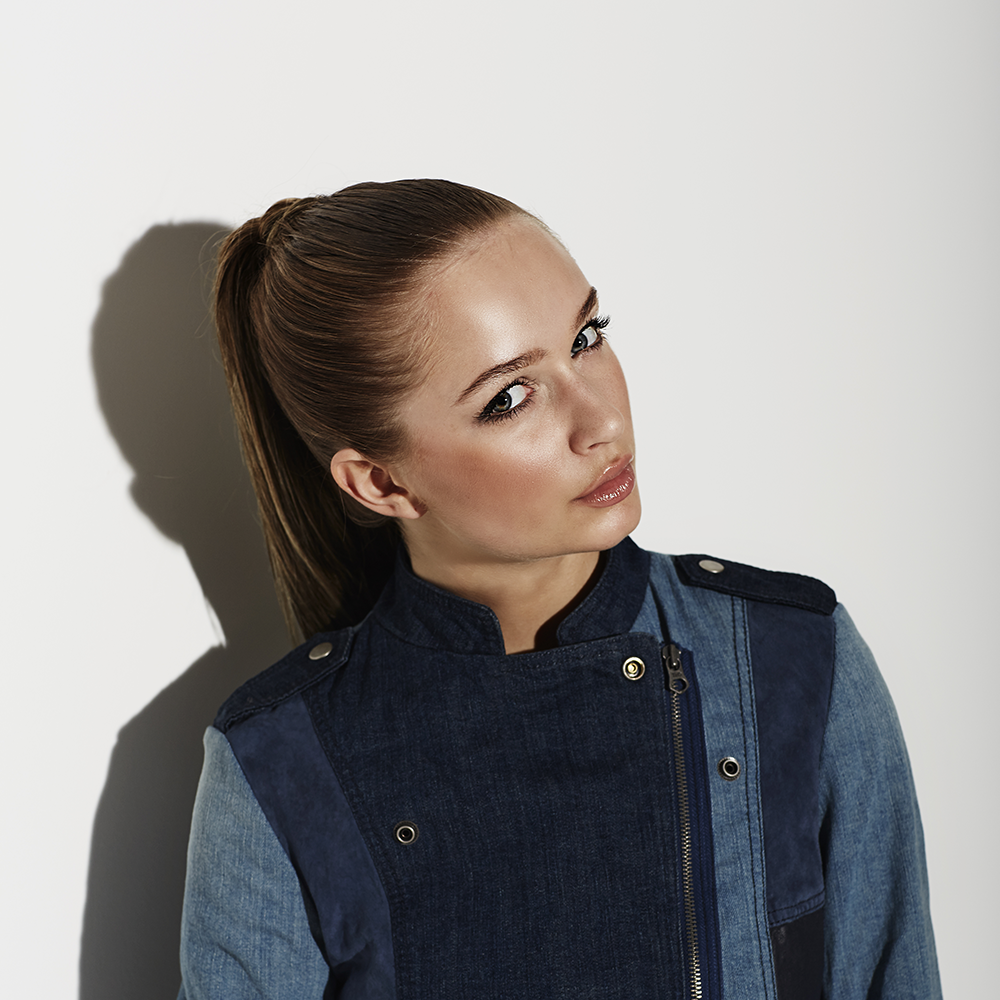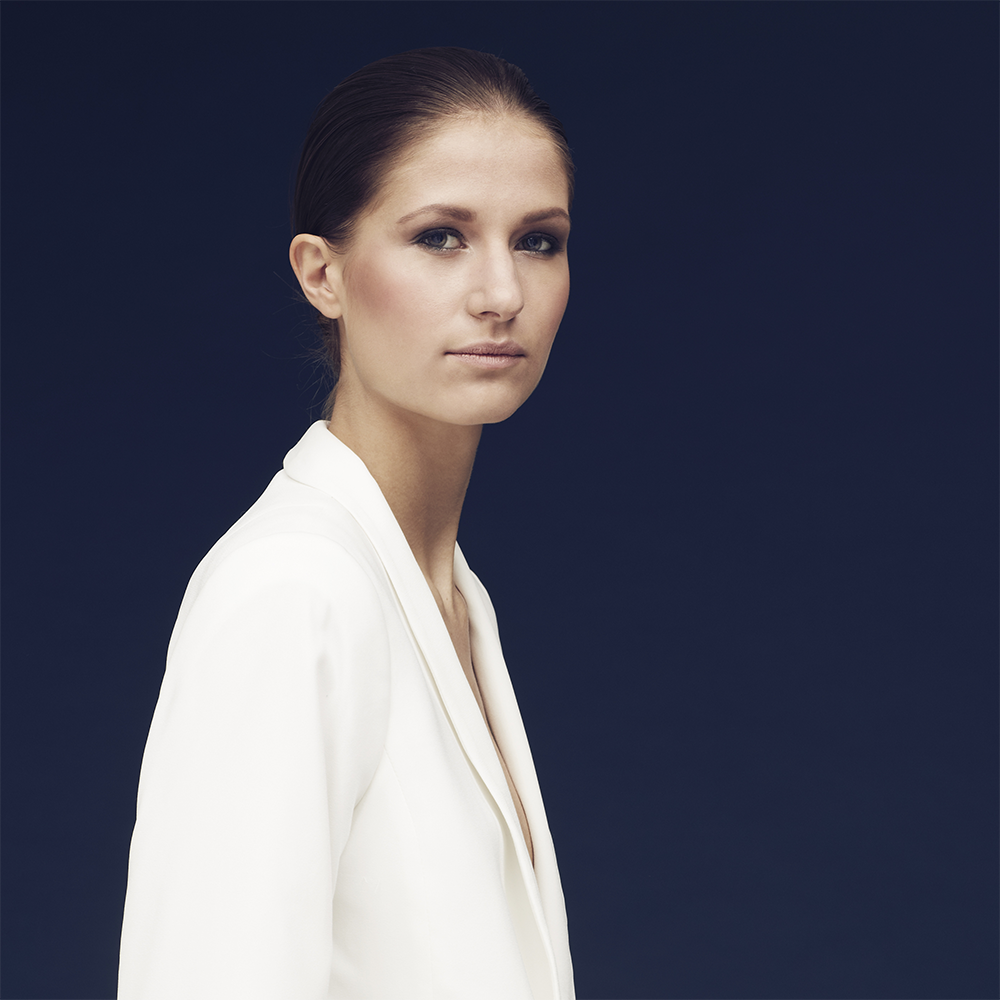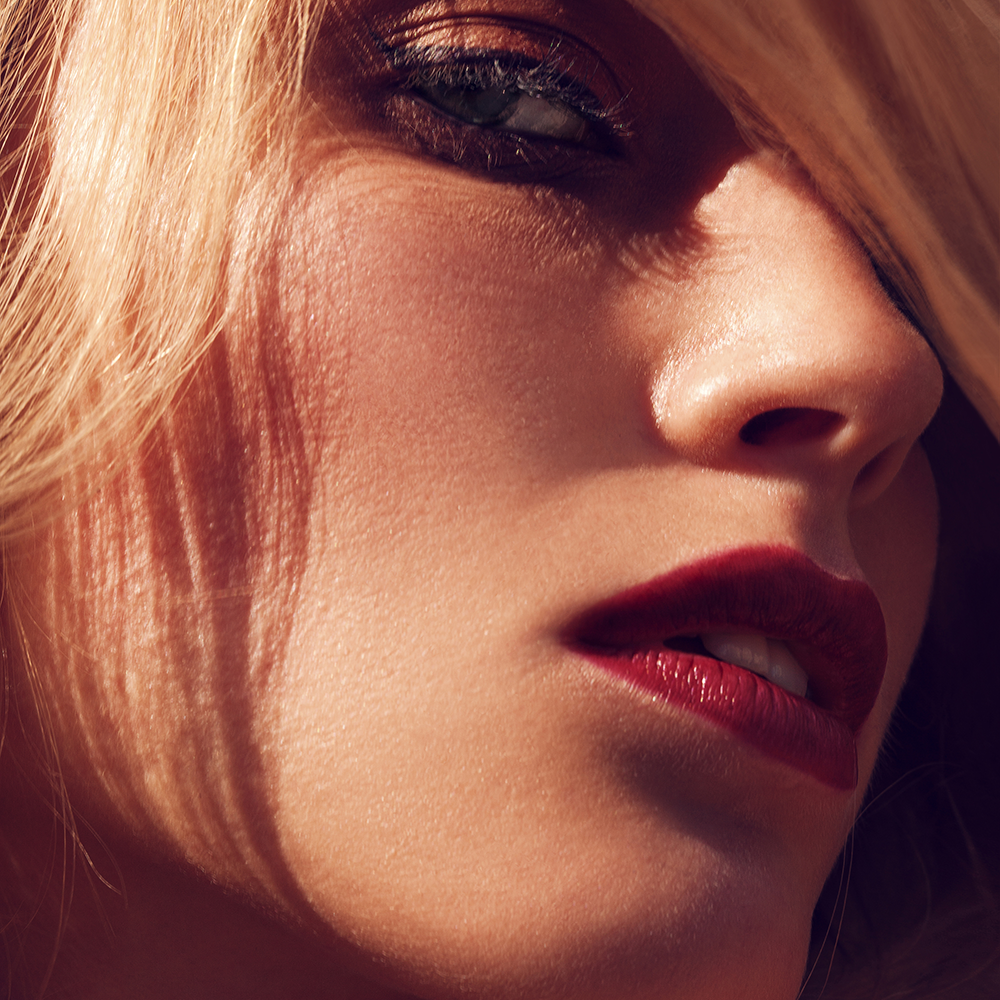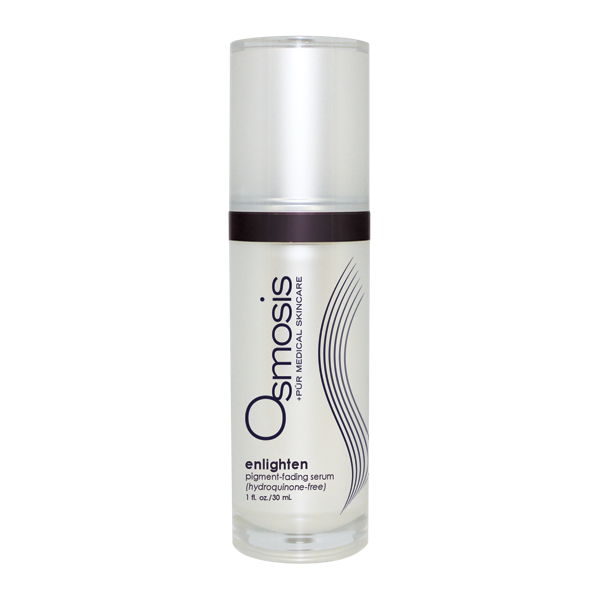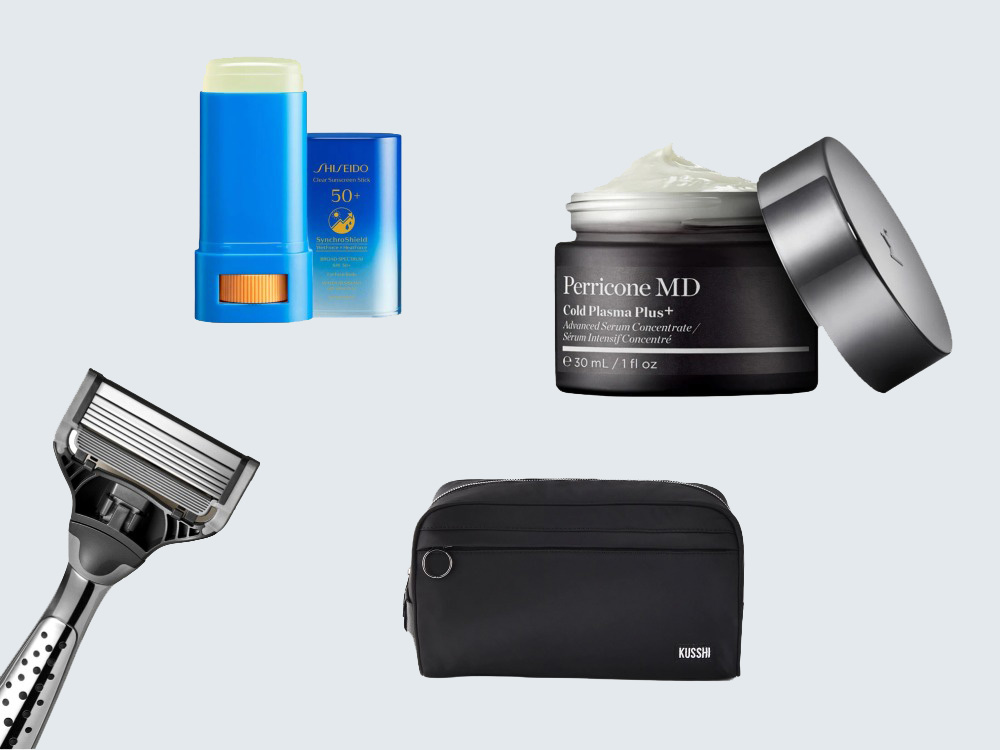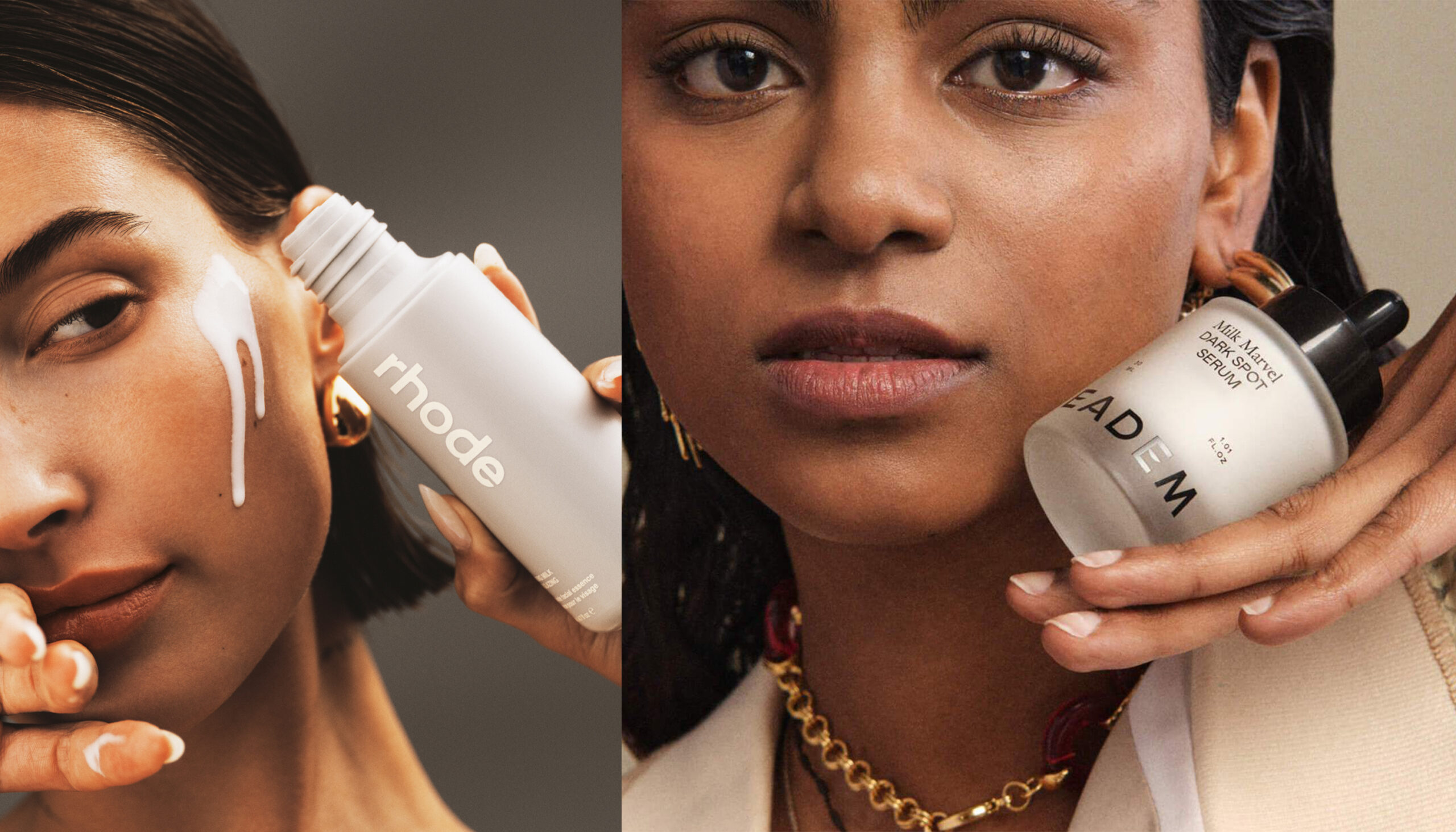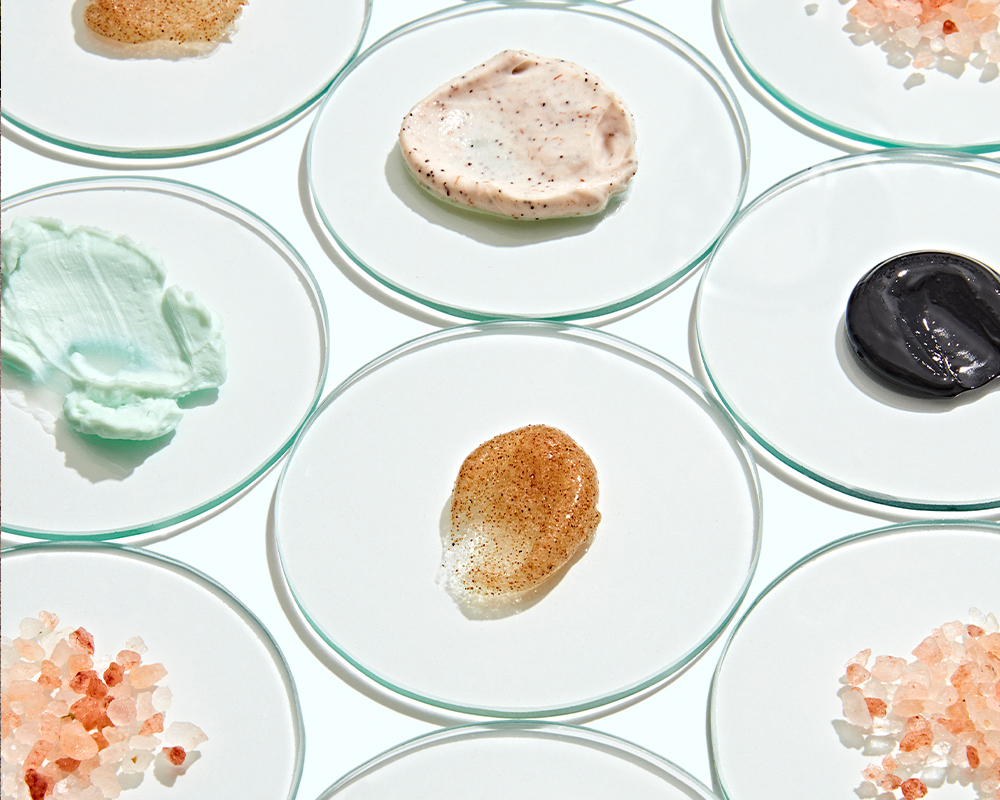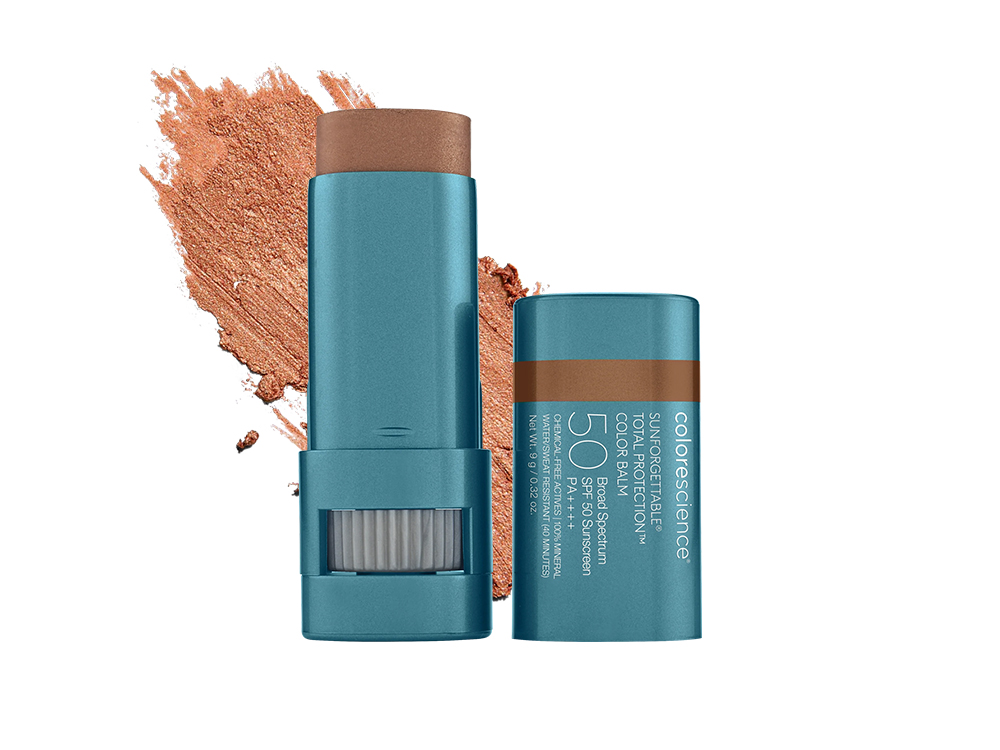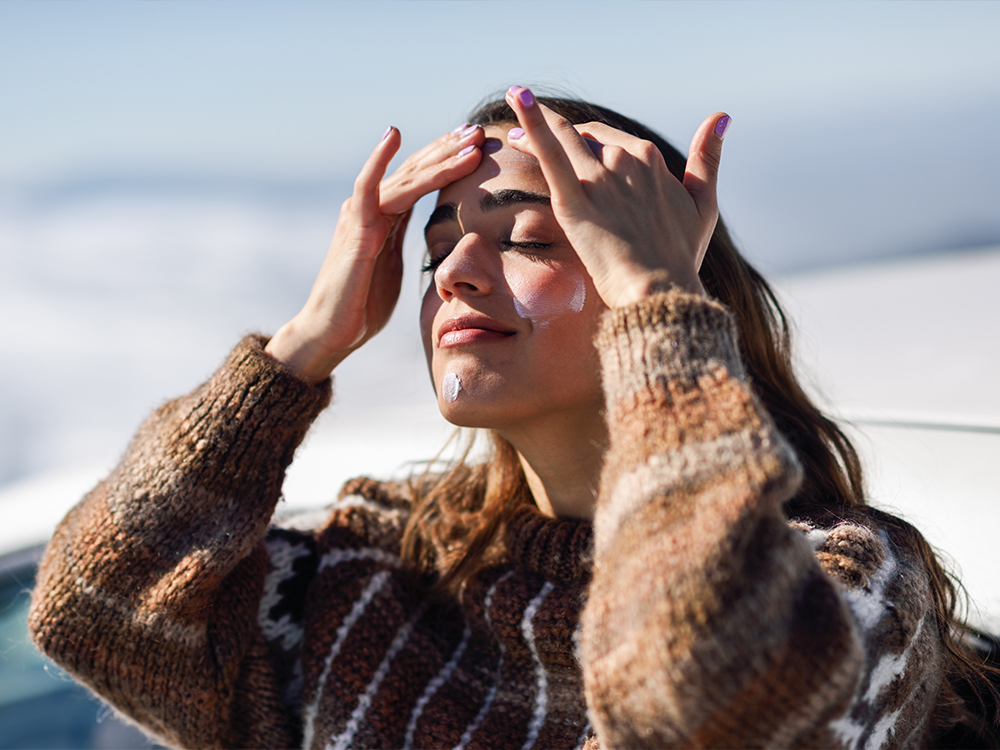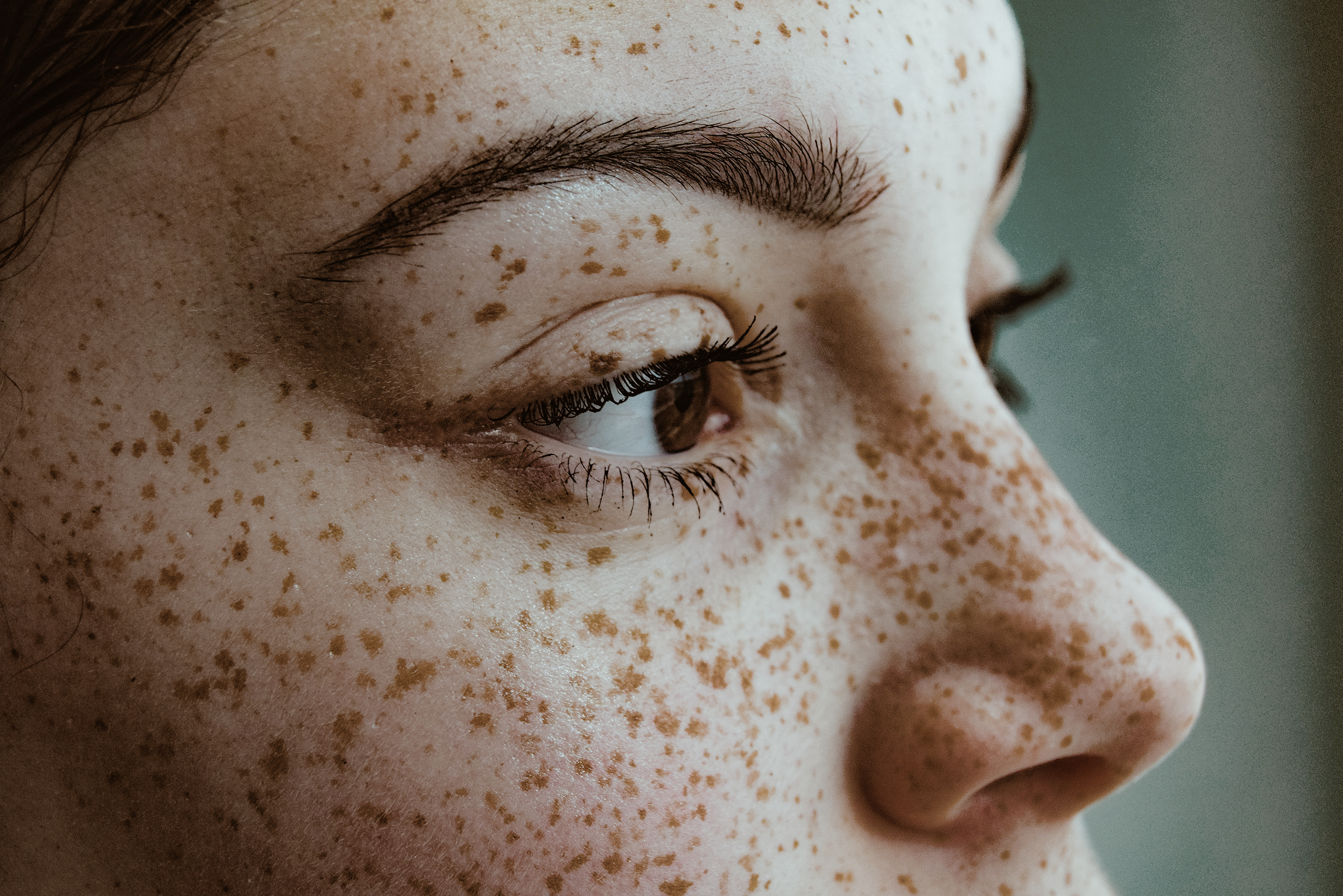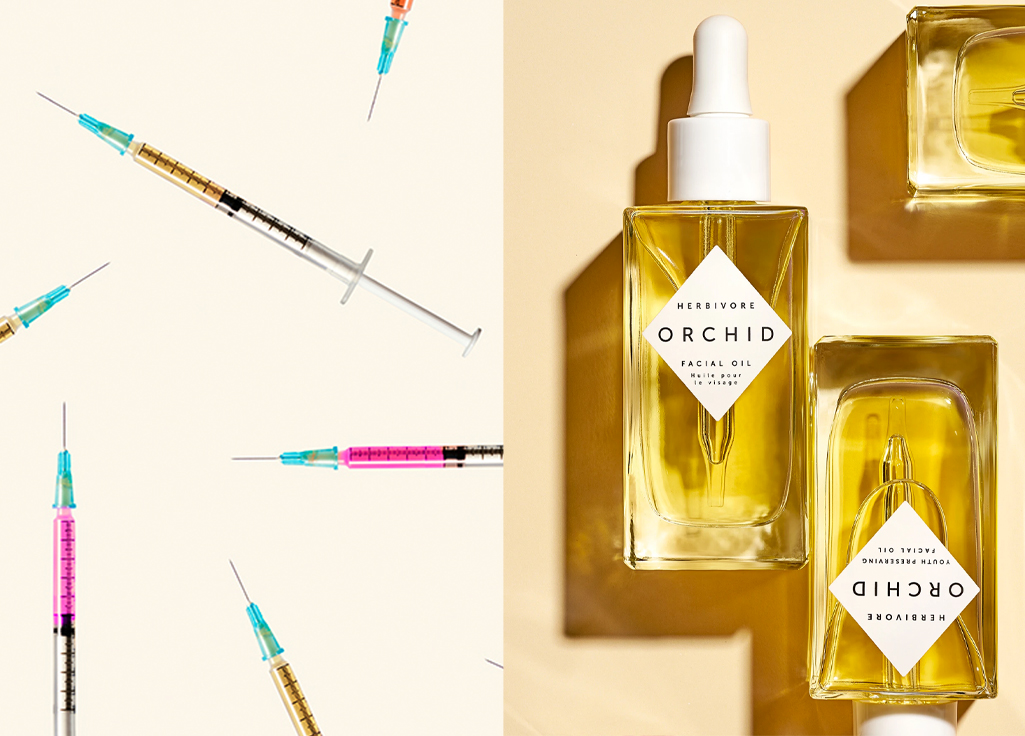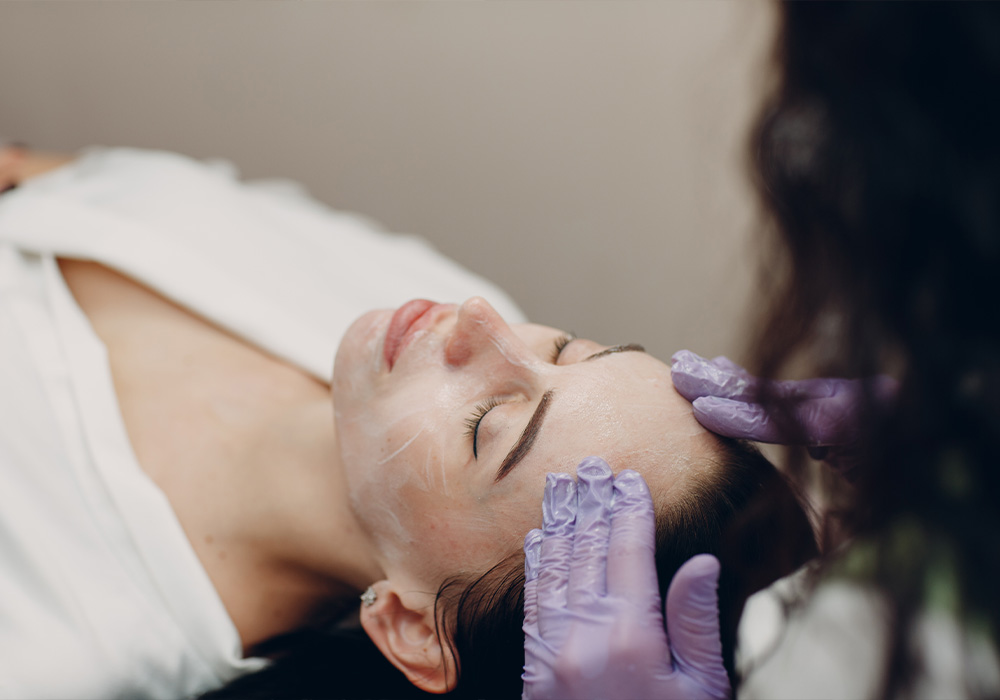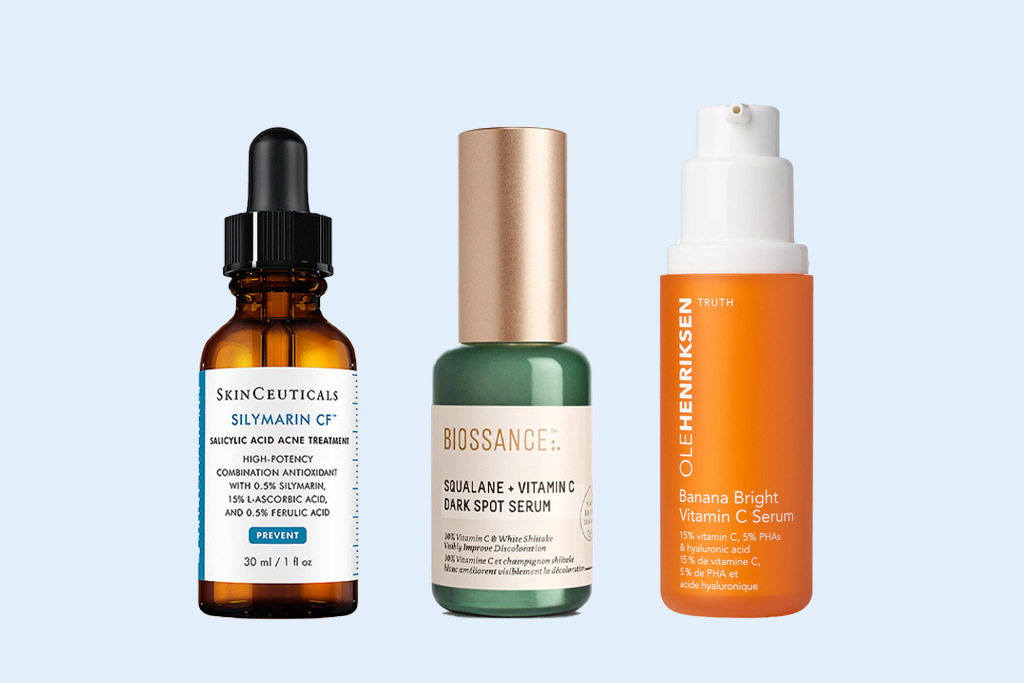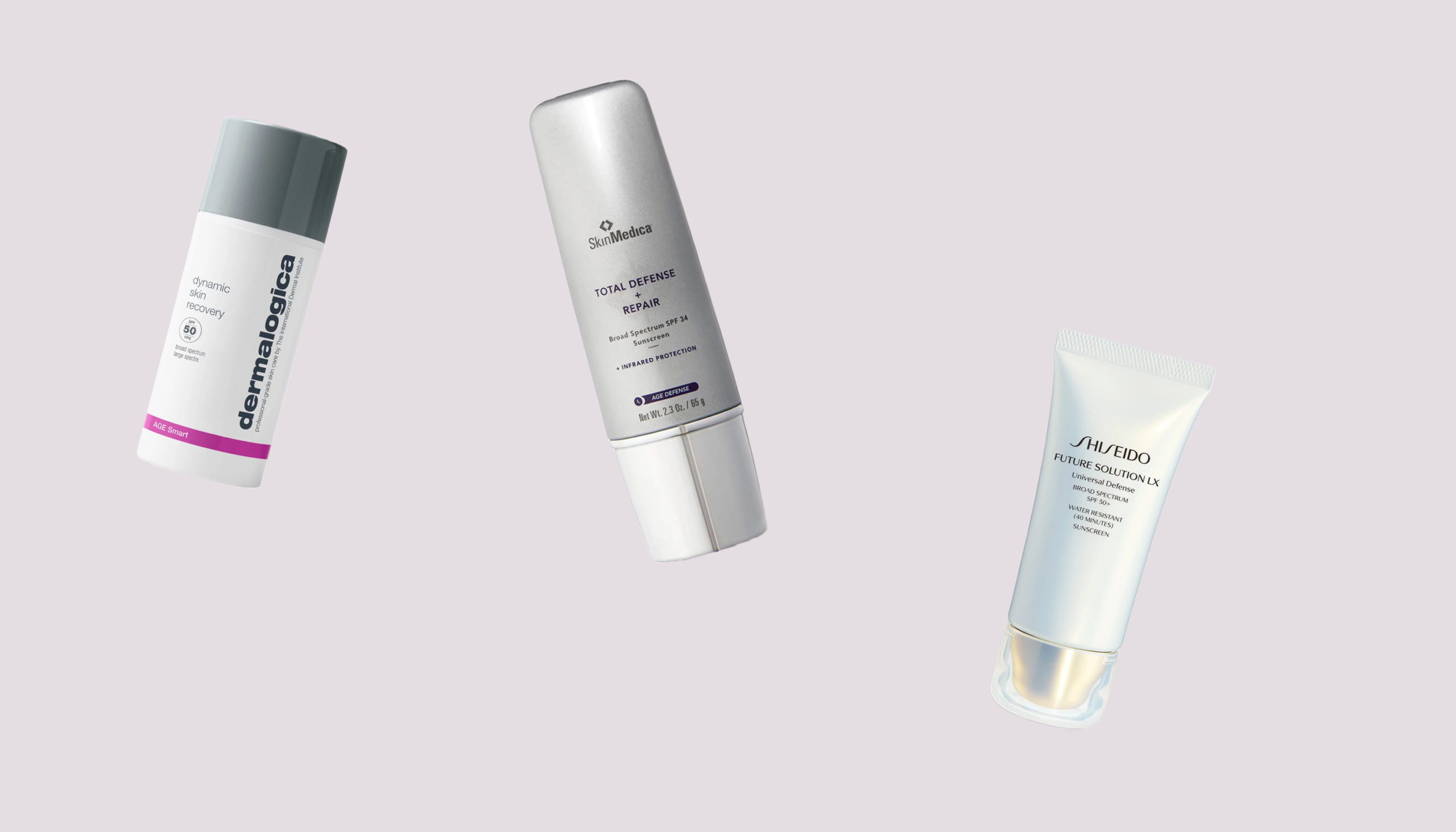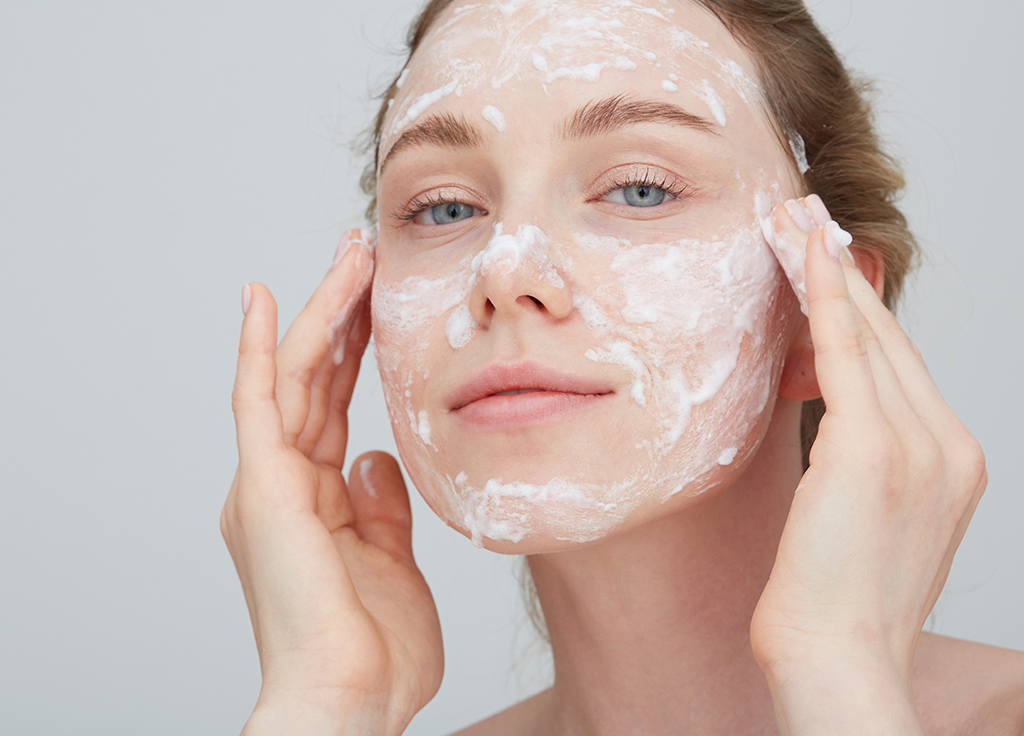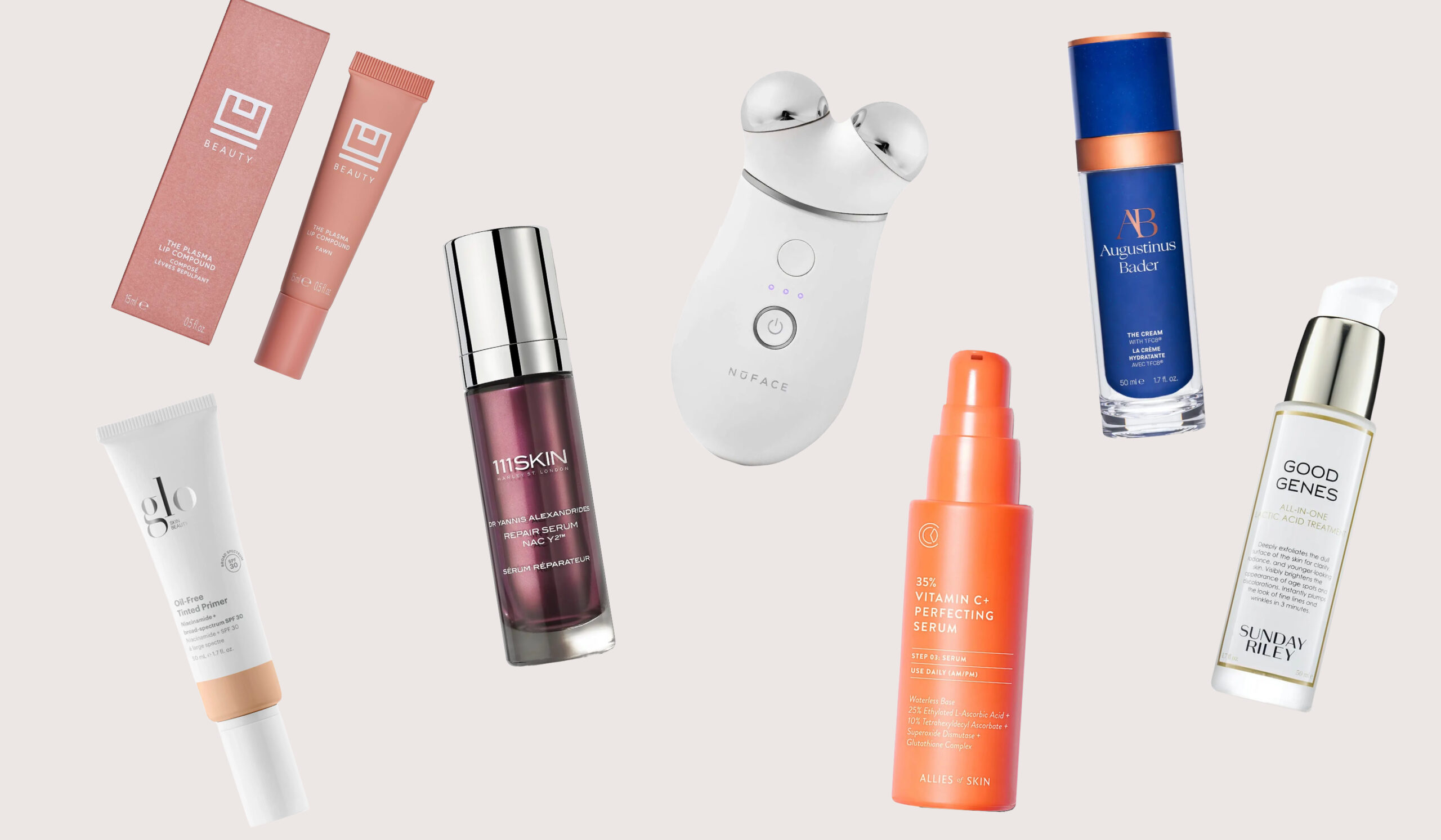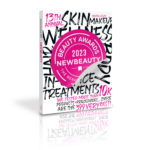
When it comes to tackling spots, discoloration and melasma on the face, the first thing your doctor may prescribe (in addition to loading up on sunscreen every day) is hydroquinone. But, not everyone is keen on the ingredient because of the potential for skin to become irritated. And, some patients are concerned about developing ochronosis (brown, gray, blue or black patches and bumps). New York dermatologist Sapna Westley, MD, says that in some countries, hydroquinone is banned, although the dermatologic community stateside, as well as the FDA, have found no carcinogenic effects at the current strengths that hydroquinone is available at. However, that doesn’t mean that you can’t use other ingredients and treatments to tackle unwanted discoloration and dramatically lighten up your skin. These alternatives work just as well.
You May Also Like: New Study Shows This Common Skin Care Product Can Improve Hyperpigmentation by Nearly 50 Percent

